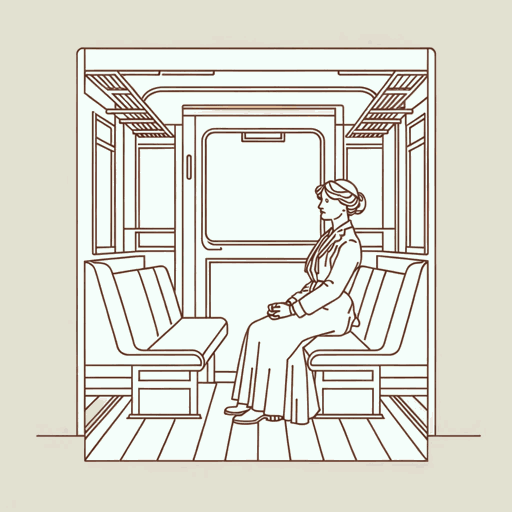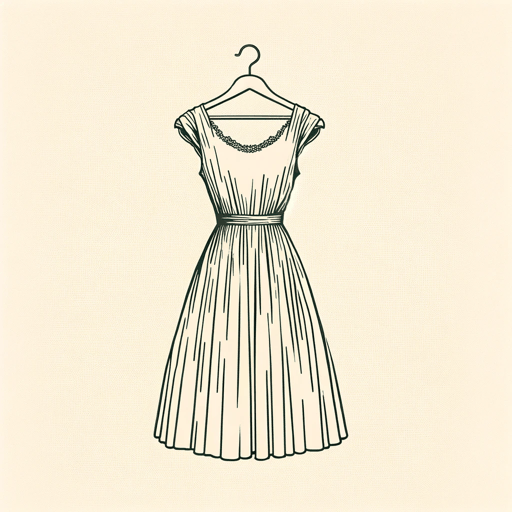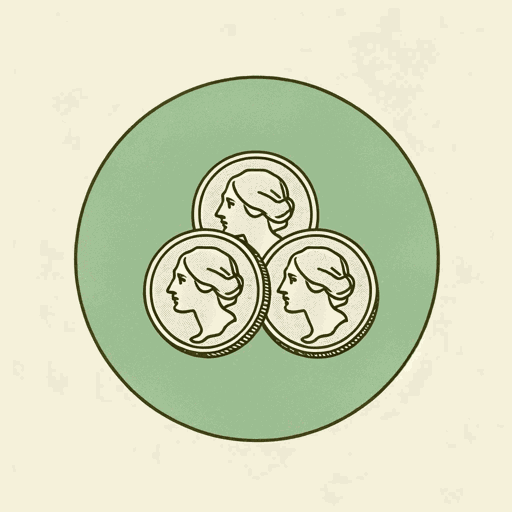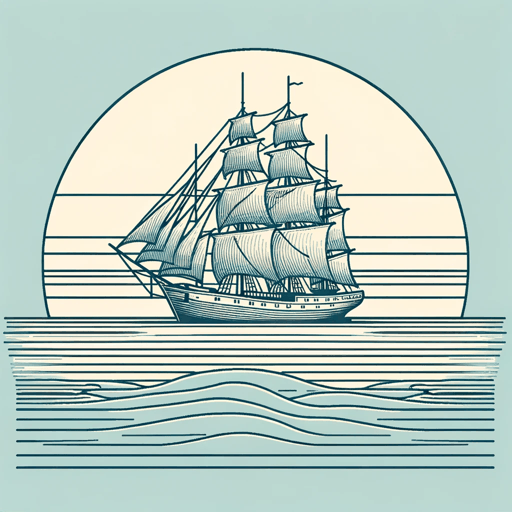62 pages • 2 hours read
Virginia WoolfThe Voyage Out
Fiction | Novel | Adult | Published in 1915A modern alternative to SparkNotes and CliffsNotes, SuperSummary offers high-quality Study Guides with detailed chapter summaries and analysis of major themes, characters, and more.
Summary and Study Guide
Overview
Introduction
The Voyage Out is Virginia Woolf’s first published novel. Published in 1915, it introduces the topics of feminism, love, meaning, and autonomy that Woolf would continue to explore in her later, more famous works. The novel explores the joys and pitfalls of youth and the generational differences between English people in the Edwardian era and those in the Victorian era. It is also a satirical look at how superiority complexes of the British during the height of the British Empire prevented particularly privileged people from appreciating and understanding the world around them.
The Voyage Out is about love, exploration, adventure, homesickness, life goals, and the formation of personhood. Told in the third-person limited point of view, the novel highlights the experiences and thoughts of a host of characters who come together in unique circumstances.
Plot Summary
The Euphrosyne is a ship headed from England to South America. Owned by a man named Willoughby, the Euphrosyne is boarded by a host of characters for the voyage out to South America. Willoughby is joined by his 24-year-old daughter, Rachel; a shy pianist, Ridley Ambrose; his brother; and Helen Ambrose, Ridley’s wife. Also aboard are Mr. Pepper, a classicist, and the ship’s steward, Mr. Grice. Social interactions between this small group of people are initially somewhat awkward but mostly idyllic with the freedom of the vast ocean ahead of them. Willoughby lands the ship in Lisbon so he can attend to some work. In Lisbon, he meets Richard Dalloway and his wife, Clarissa. Richard is an important politician in Parliament. He and Clarissa have been travelling around Europe and now find themselves stuck in Portugal. They board the Euphrosyne, eager for another adventure.
The Dalloways occupy a distinctly different tier of the British social hierarchy from the other passengers. They are conservative and patriotic and fulfill traditional gender roles for one another, while the other passengers are academics who appreciate art and liberalism. Rachel is captivated by the Dalloways, but her relationship with them becomes complicated when Richard kisses her in a fit of passion.
The Dalloways disembark from the ship. When they’ve left, Rachel confides in Helen about the kiss. Helen can see that Rachel has never been taught anything about sexuality or romance. She’s concerned that Rachel is too old not to know such basic elements of the human experience. Helen decides to take Rachel under her wing. While Willoughby continues his trip down the Amazon, Helen brings Rachel with her to Santa Marina, an island in South America, where Helen’s brother owns a villa. Ridley, Helen, Rachel, and William Pepper all disembark the ship at Santa Marina. Mr. Pepper gets a room in a hotel while Ridley, Helen, and Rachel stay in Helen’s brother’s villa. Months go by, and Helen helps open Rachel’s world up with literature.
Three months into their stay, they meet a group of English tourists staying in the hotel in town. They invite Helen and Rachel on a trek up a mountain for a countryside picnic. Two of the English tourists, Arthur Venning and Susan Warrington, profess their love for one another and plan an engagement. Susan is thrilled because she’s in love with Arthur and has long dreamed of being married. Rachel and a young man named Terence Hewet see Arthur and Susan embrace, and Rachel, still childishly naïve, grows embarrassed.
Susan and Arthur get engaged, so the English at the hotel host a party in their honor. Rachel is insulted by Hirst, who declares that women don’t have the intellectual capacity for good conversation. Hewet encourages her to give Hirst another chance. After the dance, Hirst and Hewet can’t stop thinking about Rachel and Helen. Hewet visits Rachel to take her for a walk, where he realizes that he’s attracted to her. Hirst visits Helen, whom he believes is the only woman who can have a conversation with him. Rachel starts reading serious literature to keep up with Hirst and Hewet and to expand her worldview.
Hewet and Rachel grow closer, and they fall in love without confiding their feelings in one another. Meanwhile, Hirst becomes closer friends with Helen. Mrs. Thornbury, one of the English tourists at the hotel, arranges an excursion into the countryside to visit a native village. Helen and Rachel join Mr. and Mrs. Thornbury and Hirst on a week-long steamboat ride down the river into the wilderness. Rachel and Hewet finally tell one another about their feelings, and they get engaged. When they return to town, Rachel falls ill. After a difficult two weeks of suffering from a delirious fever, Rachel dies.
Related Titles
By Virginia Woolf

A Haunted House and Other Short Stories
Virginia Woolf

A Room of One's Own
Virginia Woolf

Between The Acts
Virginia Woolf

How Should One Read a Book?
Virginia Woolf

Jacob's Room
Virginia Woolf

Kew Gardens
Virginia Woolf

Modern Fiction
Virginia Woolf

Moments of Being
Virginia Woolf

Mr. Bennett and Mrs. Brown
Virginia Woolf

Mrs. Dalloway
Virginia Woolf

Orlando
Virginia Woolf

The Death of the Moth
Virginia Woolf

The Duchess and the Jeweller
Virginia Woolf

The Lady in the Looking Glass
Virginia Woolf

The Mark on the Wall
Virginia Woolf

The New Dress
Virginia Woolf

The Waves
Virginia Woolf

Three Guineas
Virginia Woolf

To the Lighthouse
Virginia Woolf

